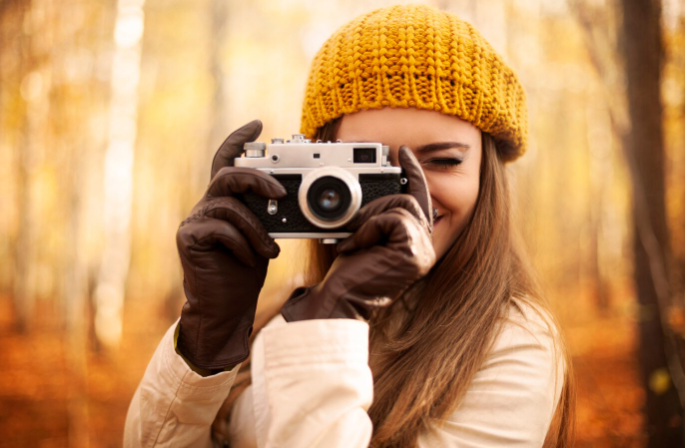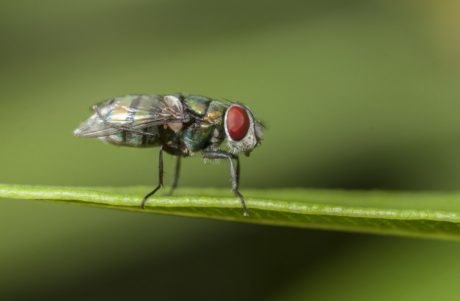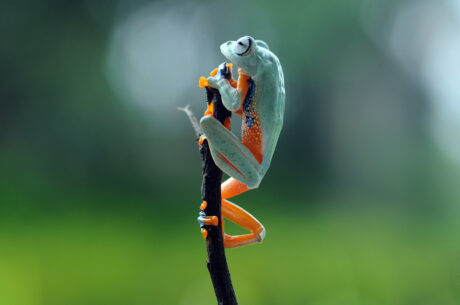
Have you seen a picture with many tiny details and patterns and wondered what type of photography is this? The answer is relatively simple: macro photography.
Macro photography is to make small items look more significant than actually in the picture. The subject of macro photography can be anything from insects, flowers, plants and others.
Let’s dive into the blog to know everything about macro photography!
What is macro photography?
Macro photography is taking close-ups of small subjects. Macro photography subjects can be living creatures such as insects, flowers, or part of a large object. Also, it can be a lifeless object such as water drops, jewellery, and snowflakes.
The purpose of taking the macro shots is to make a subject look much more extensive than its actual size. It is breath-taking when you see tiny animals in such a large magnification. They can look like they are from another planet.
Three types of macro lenses
A macro lens is specifically designed to focus on the subject with a 1:1 (life-size) reproduction. There are different types of macro lenses that come in many different focal lengths. The usual focal length of macro lenses is from 35mm up to 200mm.
-
Short macro lenses (35mm-60mm)
These types of macro lenses are lightweight and inexpensive. But you have to stay very close to your subject. When taking shots with a short lens, you can cast shadows and scare your subject away.
-
Intermediate macro lenses (90mm-105mm)
These mid-range macro lenses have a longer working distance. These lenses are still light enough to take pictures without resorting to a tripod.
-
Long macro lenses (150mm-200mm)
They are also the heaviest and most expensive macro lenses. But these types of lenses have longer focal lengths. It helps you to produce the highest quality photos at the longest distance.
What macro lenses should you use as a beginner?
Are you wondering what macro lens you should use as a beginner or amateur photographers?
You should start photography with a macro lens with a focal length between 100mm 150mm. Here are some popular macro lenses to consider include:
- Sony FE 90mm f/2.8 Macro G OSS.
- Sony E 30mm f/3.5 Macro.
- Canon EF 100mm f/2.8L Macro.
- Canon MP-E 65mm f/2.8 1-5x Macro.
- Nikon AF-S VR Micro Nikon 105mm f/2.8G.
- Nikon AF-S DX Micro Nikon 40mm f/2.8G.
- Tamron SP 90mm f/2.8 Di Macro 1:1 VC USD.
- Sigma APO Macro 180mm f/2.8 EX DG OS HSM Lens.
What essential tools do you need for macro photography?
Macro photography is close-up photography of small things. To take close shots of small things, you need to get close to them. Without the right equipment, you may spook them or scare them away. However, buying all those tools are expensive, and you can’t afford them when starting.
Here is the list of essential equipment for macro photography for:
| Beginner (Must Have) | Professional |
| 1. Macro Lenses
2. Tripods/ Monopods/ Table pods 3. Macro Lighting |
1. Macro Lenses
2. Extension Tubes 3. Macro Bellows 4. Close-Up filters 5. Reversal Rings 6. Focusing Rails 7. Remote Triggers / Cable Releases 8. Tripods/Monopods/Tablepods 9. Macro Lighting |
How to improve your macro photography skill?
The right equipment helps you take good shots of small objects, but you don’t need all of them. The key to taking a great shot is tuning your technique and building skills.
Here are some essential tips for taking quality macro photography.
- Shoot a lot.
There is an old saying, ‘Practice makes perfect. And this is perfectly applicable to macro photography. Go out and take pictures of small things. Taking outdoor macro photography is an enjoyable and rewarding task. Or you can take macro photographs indoors.
- Determine the proper distance for taking a picture.
Well, the closer you get to your subject, the shallower the depth of the field becomes. A short distance makes it harder to focus the entire subject in a single frame. So, do you want to take shots of a full or partial picture of the large object? Then determine the distance for taking a picture.
-
Stabilise your camera as much as possible.

Use a tripod and a remote shutter release for taking macro photoshoots. Both of them help you to get the best shots with your setting.
-
Move the subject, not the camera.
This is a significant time-saving technique when taking shots of a staged object. Get your camera fixed, and find the perfect frame, light and focus. Then move the object to make any necessary adjustment for taking the shots.
-
Customise object background
This is not possible when taking outdoor photos, but it is possible when taking indoor and inert objects. You have complete control of the positioning, lighting, and object background.
Place it against the different background and take images. You may be surprised by the variety of effects from a diverse set.
- Keep the subject tidy.
You need to tidy the subject when you’re shooting macro. You can see things that are not visible to the naked eye, such as dust, pet hair, and fingerprints. Suddenly you are aware of these things can make you annoyed after taking the photos.
- Use a longer focal length for living subjects
Using longer focal lengths allows you to digitally move closer without actually having to move closer. You will be able to take macro photos of living subjects without disturbing them or disrupting their natural environment. Anything above 90 mm focal is the best focal for taking macro photographs of living things.
- Plan your point of focus.
Before clicking the shutter, you need to find out where you need to focus on the subject. Your point of focus can significantly improve your composition in macro photography. So, you should learn how to focus on different parts of the frame manually. And then try to change your focus to provide additional and exciting perspectives.
Wrapping up
Be patient. Learning macro photography can be complicated and time consuming for many beginners. You don’t need high-quality equipment to become a professional macro photographer. But you need to practice and experiment a lot to hone your photography skill.


Recent Comments